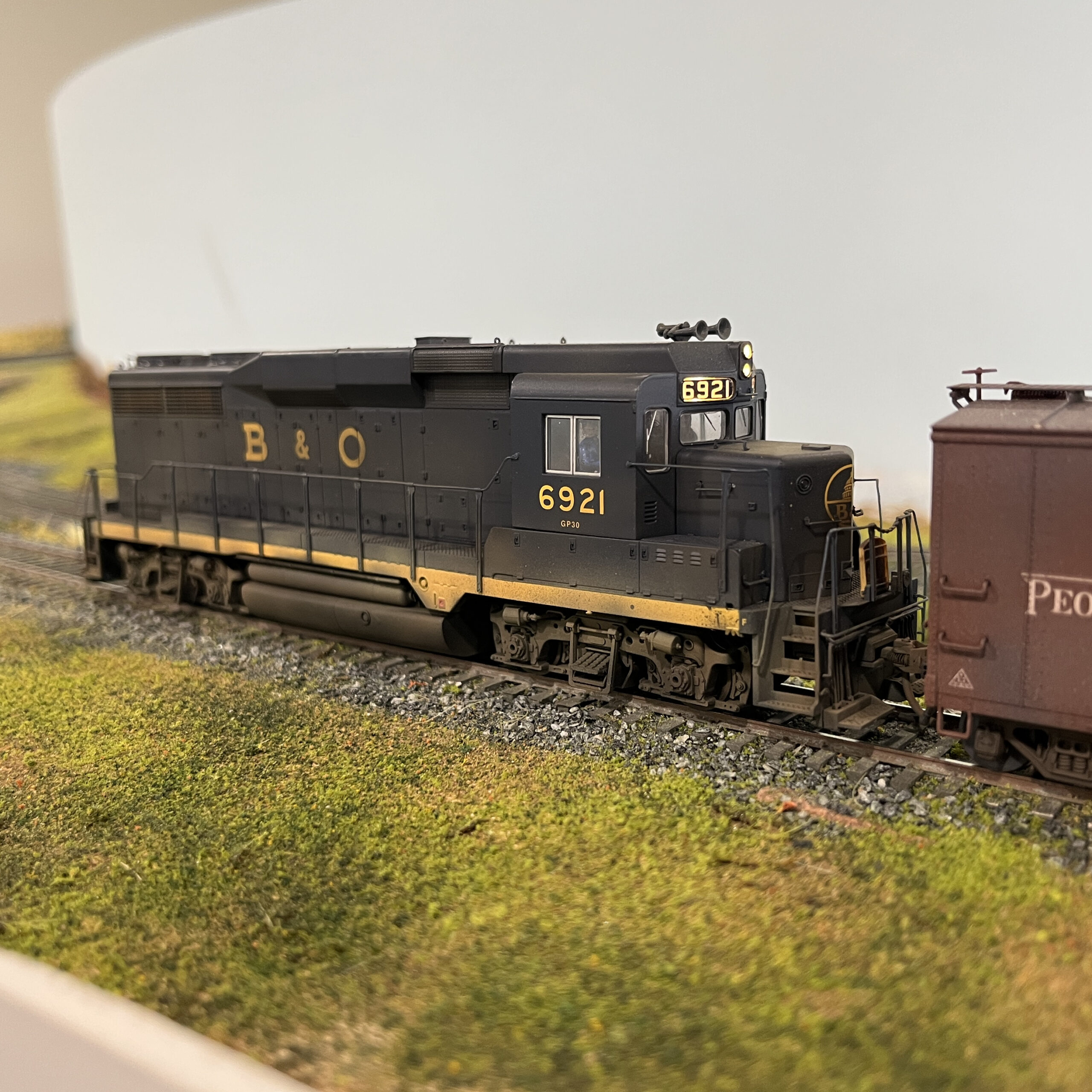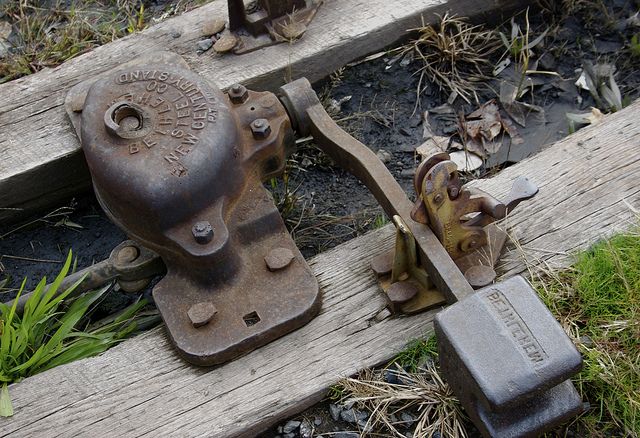
Proto 2000 GP30 to Kato Conversion
Testing The Proto 2000 GP30 to Kato Conversion Kit While testing the new Proto 2000 GP30 to Kato conversion kit I shot some video and put together a short operations video. This is my first video of this type and it was shot with an iPhone in hand. Conversion kits are available in the FineScale Shop : Proto 2000 GP30







